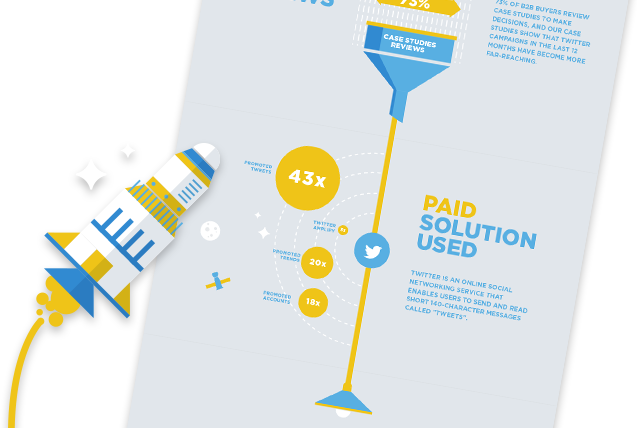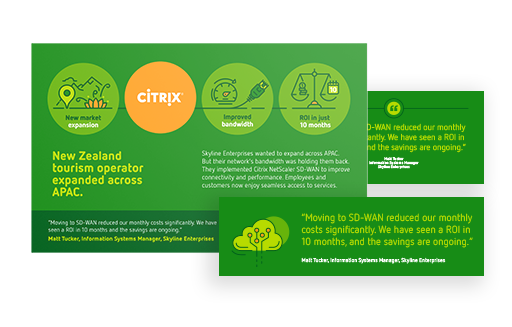
Maximizing the benefits of Customer Advocacy in your acquisition strategy involves creating a solid customer-centric culture. It doesn't matter how great your Customer Advocacy program or strategy is; you will only succeed with a culture that puts the customer at the center of every business decision.
You probably already know the famous phrase of Peter Druker: "Culture eats strategy for breakfast." This quote never gets old-fashioned because 9 out of 10 points of the success of a strategy depends on its execution. In this execution, every aspect of the organization plays a vital role.
As culture is the way to do things in an organization, the first question we should ask ourselves when setting a goal is: Does our organizational culture align with that goal? We must monitor, manage, and promote it. Yes, "we" because culture is the responsibility of every collaborator. This is not about doing the change but being the change.
But why is managing culture so complex?
Culture is a series of beliefs, values, and behaviors that become the lifestyle of an organization. It's the consequence of leaders' example. Its adoption is something you can manage but not control. When we talk about changing it, some factors make the scenario even harder:
- Resistance: Cultural change is thus not quite the neat, apolitical, and linear process expressed in the various recommendations to follow several predefined steps to guide successful change. You will face overcoming resistance to it.
- Time: Modifying behaviors takes months, even years. Culture involves more than just the alignment between what leaders say and what leaders do. Also, it groups symbols and rituals, organization charts, and compensation systems.
So, returning to our initial question, what can we do if our organizational culture does not align with our goals?
We can transform it. This involves a change in the way the members of the organization interact and work together. Also, a change in how they relate to customers and the environment in which they operate.
Cultural transformation requires a review of the values and beliefs that guide the organization's culture since these guide the behavior and decision-making of its members. It also warrants reviewing the organization's mission and vision to ensure they are aligned with the new values and principles. Sometimes, a redefinition of the roles and responsibilities of team members is necessary.
It is essential to highlight that cultural transformation is a continuous process and requires a holistic approach and long-term commitment from leaders and members of the organization.
Why is customer-centric culture the best decision for a Customer Advocacy strategy?
A customer-centric culture involves putting the customer at the center of every business decision. This is not a reaction strategy to any inconveniences but rather a way for a company to concentrate on direct, humane, and anticipated treatment with its clients to satisfy them and gain their loyalty. Advocates directly result from this approach, as satisfied customers who feel heard and valued are likelier to become advocates.
Moreover, the organization's total commitment is essential to deliver valuable experiences. The relevance of building a customer-first culture lies in the potential to align every team member's efforts with customer needs. Deloitte research found that customer-centric companies were 60% more profitable compared to companies that were not Customer-focused.

Last but not least, if you want to achieve a thriving customer-centric culture, these are the five initiatives you should prioritize:
- Adopt active listening and continuous improvement based on the feedback provided by customers:
For example, implement an annual comprehensive satisfaction check on your advocates or overall customer base. This will enable you to collect enriching insights to improve your customer strategy while making sure that the highly satisfied customers are leveraged at their true value.
- Act proactively to anticipate customer needs:
There is an essential and effortless question you should ask within any strategy session: How would this impact our customers? Doing this allows you and your team to imagine scenarios you didn't consider before and ensure decisions are always made with the customers in mind
- Take advantage of customer interactions to collect data that allows you to personalize their experience without invading their privacy:
The tools we use daily are a fantastic and infinite source of information. Remember that the customer journey doesn't end when a sale is closed. Consider building the entire journey by paying attention to post-sales interactions and providing personalized experiences that aim to nurture and build loyalty. - Motivate employees to be engaged:
A great way to guarantee that everybody is putting the customer first is to set up goals aligned with a customer-centric culture. For example, you can create incentive programs for employees that go above and beyond for their customers and ultimately turn them into success stories. - Adapt to customer demands and circumstances in real time:
Customer demands go beyond product or service feedback. To become the best partner you need to deeply understand the challenges they are facing and their business strategy. Programs like Customer Advisory Boards, Voice of the Customer, and User Groups can help gather the right feedback from each level within your customers’ organizations and achieve a holistic overview of their situation.
At Wings4U, we embrace and defend the customer-centric culture as we were born as a company that has put customers' needs at the center of each decision since the very beginning. It is part of our DNA: we truly believe in collaborative work and continuous learning, and we take care of our most valuable assets - our collaborators. But most importantly, we strive to keep ourselves honest about our strengths and blindspots, so we can constantly grow and become better partners. This helps us adapt and anticipate our customer demands.
Conclusion
Culture is the lifestyle of each organization. Its management is relevant because it largely determines the success or failure of any strategy. Customer Advocacy and Customer-centric culture are faces of the same coin. If we want loyal and satisfied customers, we must anticipate their needs and give them a voice.
Transforming your current culture to a first-client culture is a challenge that requires time and commitment. The role of the board of directors in this change is substantial. Through this series of articles, we will see how to gain their support to ensure that the entire organization focuses on adopting a customer-centric culture.







